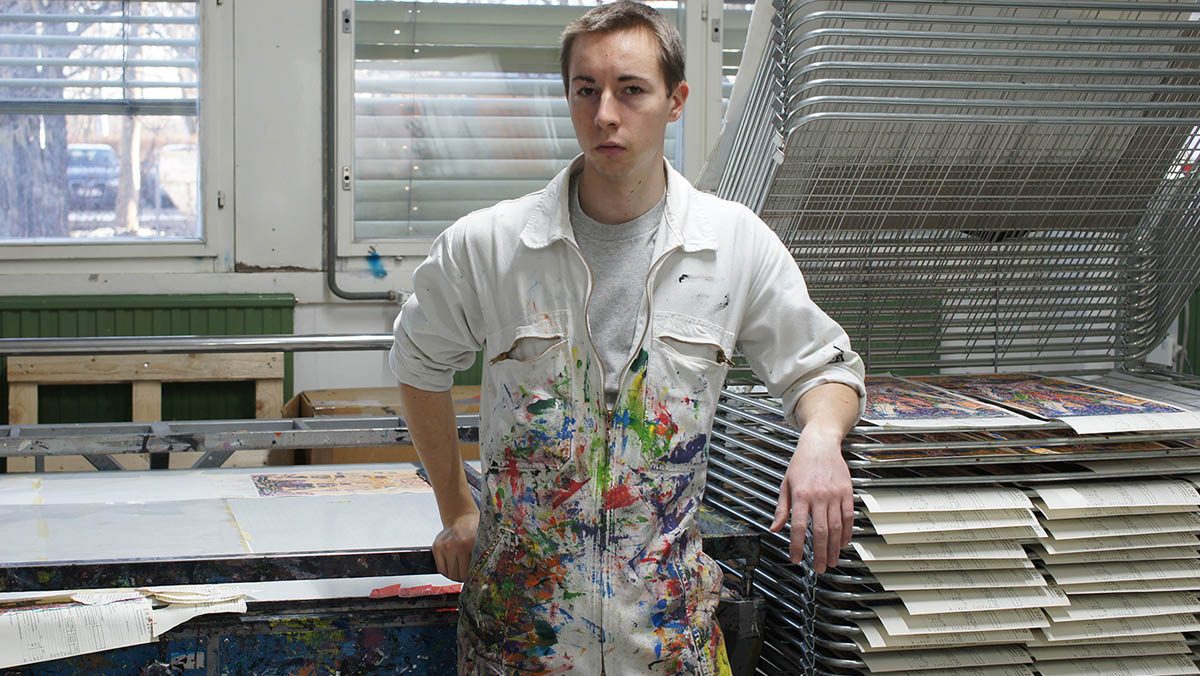Wie würdest du deinen Stil beschreiben?
Gegenständlich, figürlich. Die Linie spielt eine starke Rolle, so wie die Dynamik. Vor einiger Zeit noch waren meine Bilder hauptsächlich Schwarz/Weiß, jetzt sind sie vorwiegend farbig. Lithographie und Siebdruck sind unter anderem wichtige Techniken für mich. Ich kann nicht wirklich sagen, was genau mein Stil ist, weil ich nicht nach einem Stil suche, ich suche nach der für mich besten Möglichkeit, um das zu formulieren was mich beschäftigt, was raus muss. Es haben Menschen schon immer gezeichnet, gemalt, Musik gemacht, Geschichten erzählt, ich nehme das an was es schon gibt, aber ich versuche nicht es zu imitieren, sondern auf meine Weise etwas zu erzählen auf dem aufzubauen was es schon gibt, es zu meiner Sache zu machen, das Ganze ein Stück weiter zu tragen. Ich denke Stil ist eine „Schublade“ die der Kunstmarkt braucht, um verkaufen zu können und im Weiteren natürlich ist es ein wichtiges Mittel für Historiker und Kritiker um rückblickend zu ordnen und zu strukturieren.
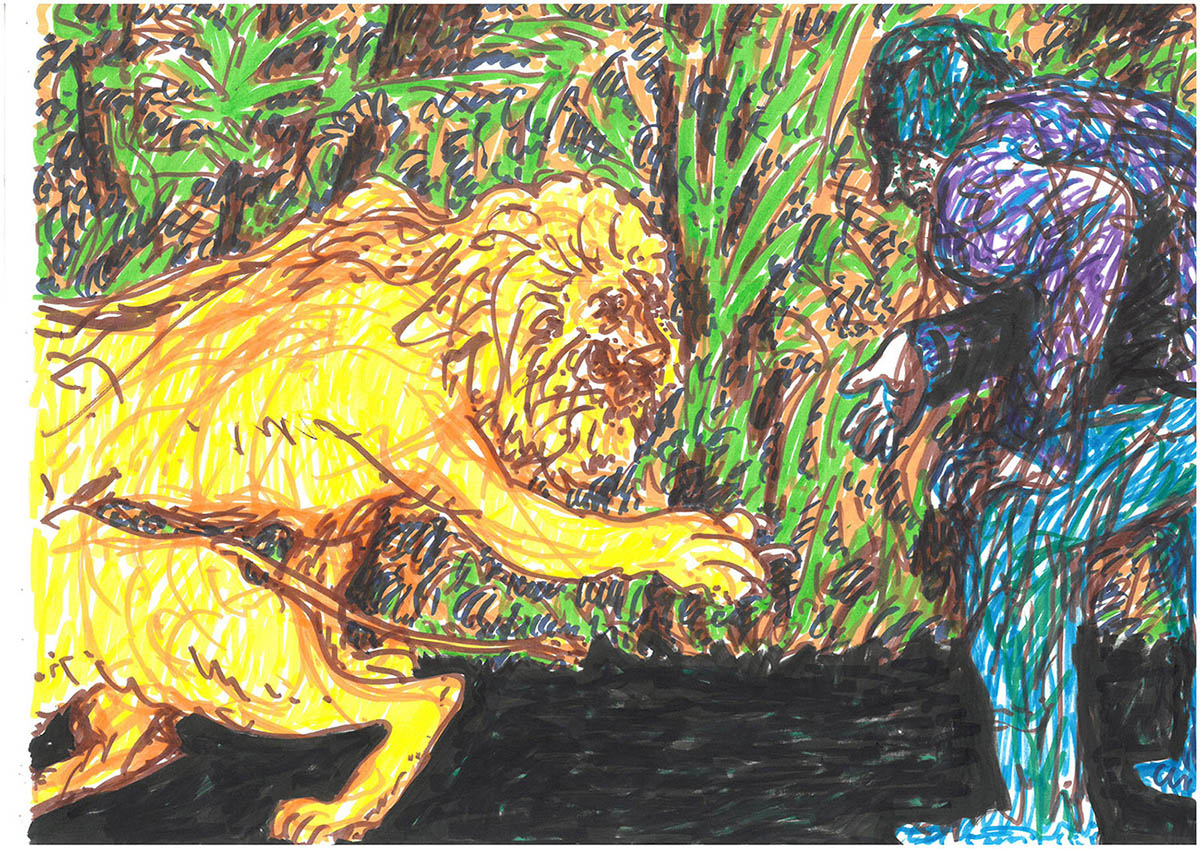
Es haben Menschen schon immer gezeichnet, gemalt, Musik gemacht, Geschichten erzählt, ich nehme das an was es schon gibt, aber ich versuche nicht es zu imitieren, sondern auf meine Weise etwas zu erzählen auf dem aufzubauen was es schon gibt, es zu meiner Sache zu machen, das Ganze ein Stück weiter zu tragen.
Woher kommt die Inspiration für deine Bilder?
Zu sehen wie Kollegen im Atelier, in anderen Klassen mit ähnlichen Mitteln komplett anders arbeiten, wie jeder auf eigene Art und Weise an das Blatt, die Leinwand, … heran geht, dass alleine ist schon sehr inspirierend. Es fließt in meine Bilder natürlich alles ein was ich erlebe, wahrnehme und beobachte, bewusst und unbewusst, alles womit ich irgendwie in Berührung komme, Bücher, Filme, Musik, Menschen, die ich von nah oder fern kenne, intensive Erlebnisse, etwas was ich in den Nachrichten höre, ein Gesicht, das man auf der Straße sieht, es ist alles interessant und wert entdeckt und angeschaut zu werden.
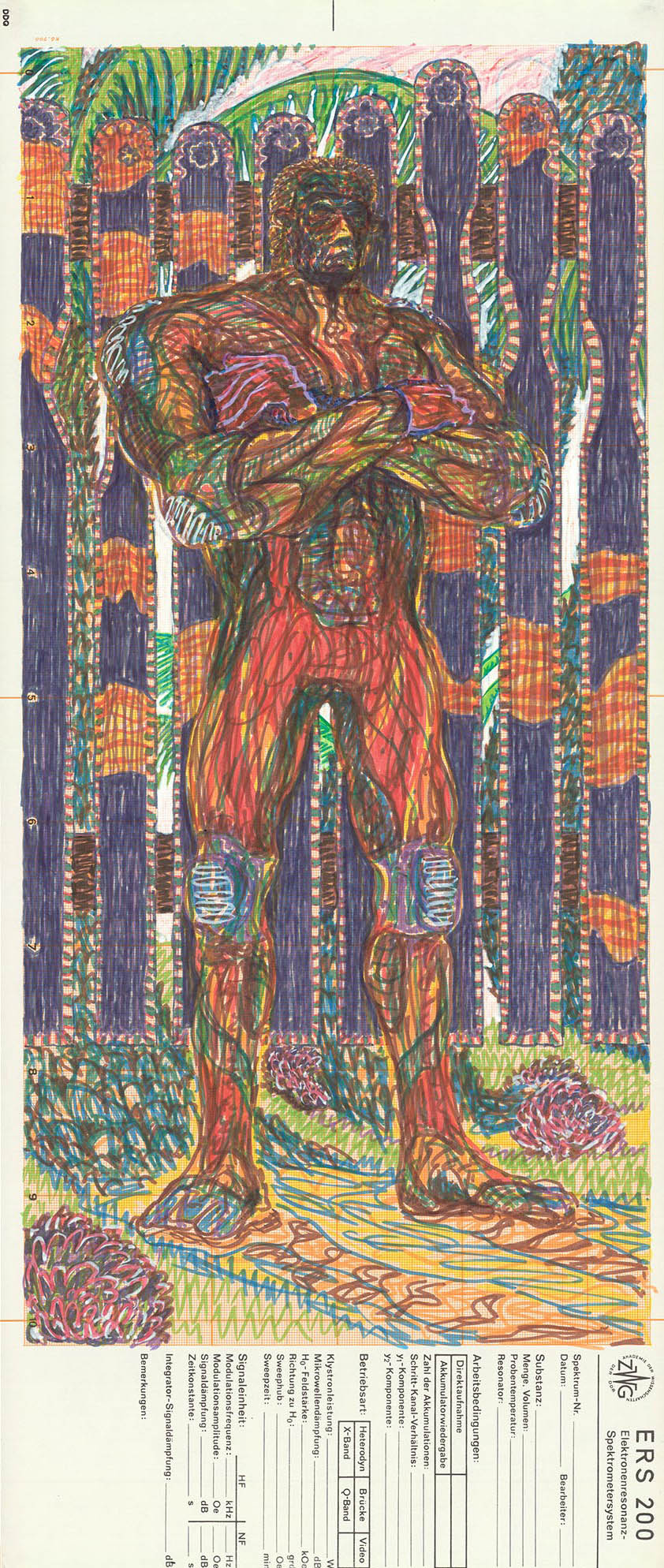
Marc Truckenbrodt.Wächter Nr.9 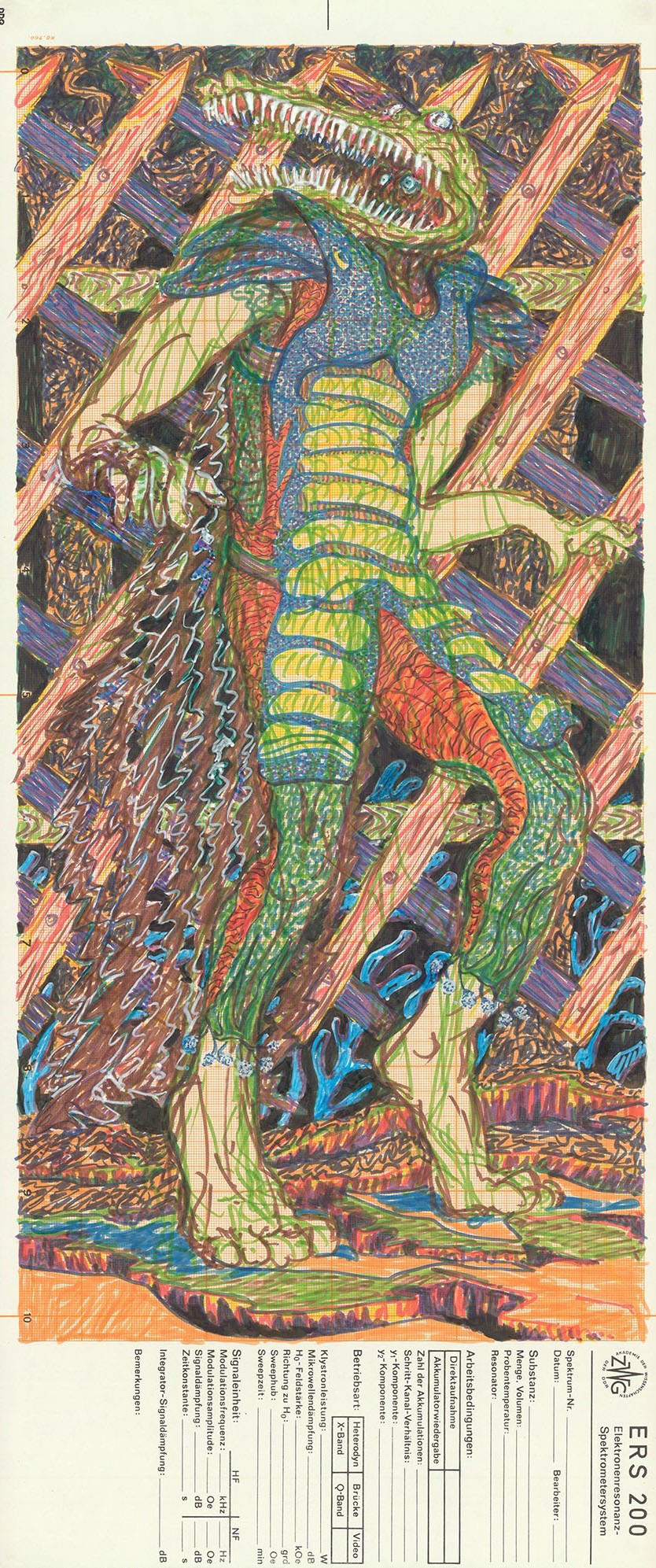
Marc Truckenbrodt. Wächter Nr.6 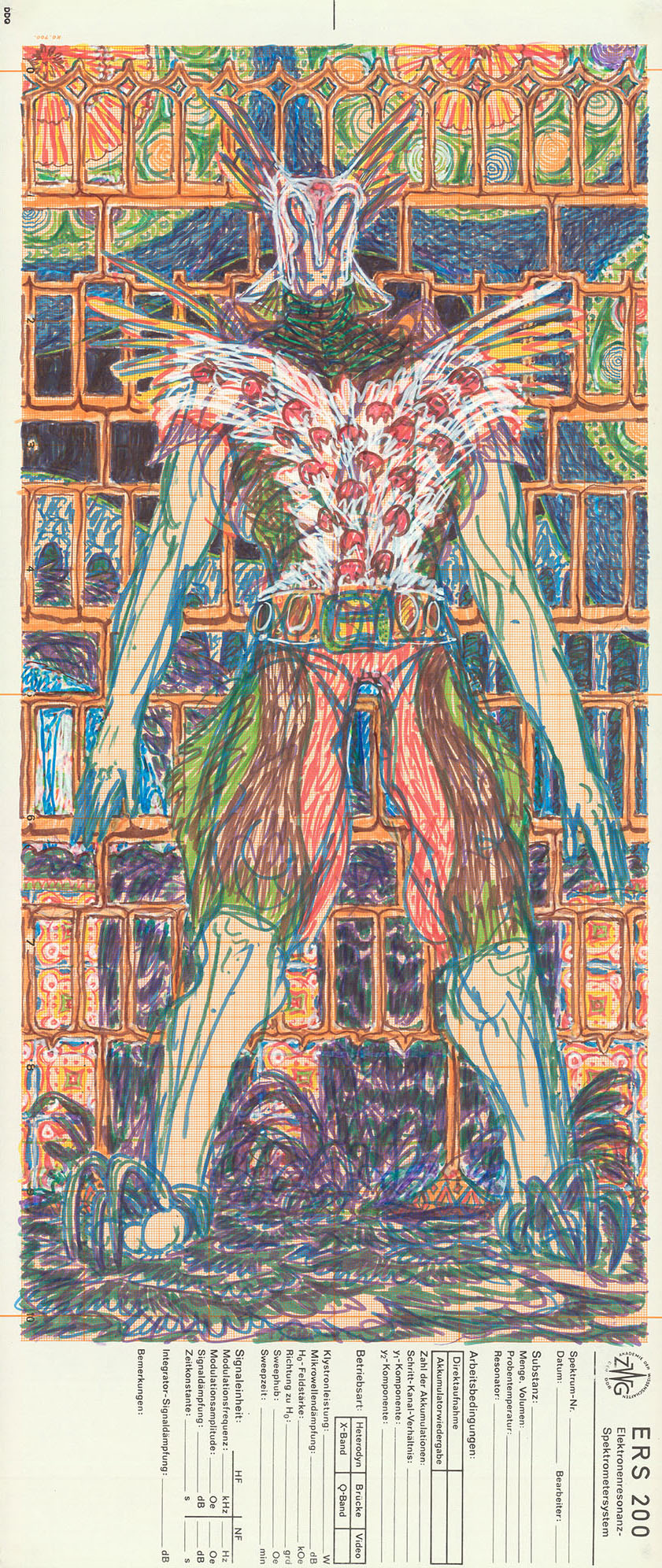
Marc Truckenbrodt Wächter Nr.8 – Filzstift
Was gibt dir die Kunst? Was bedeutet sie für dich?
Energie, neue Sichtweisen, … eine Art Zuhause, ein zweites Zuhause vielleicht, ein Ort, an dem ich neue Kraft schöpfen kann, der manchmal auch eine gewisse Geborgenheit bietet. Es ist denke ich eine der Quellen meines Antriebs, neue Bilder zu machen. Für mich ist es eine Möglichkeit etwas zurückzugeben für das was ich von Anderen bekomme, in Form von Literatur oder Musik, Malerei … und damit andere vielleicht ähnlich zu berühren, wie ich mich von diesen Dingen berühren lasse.
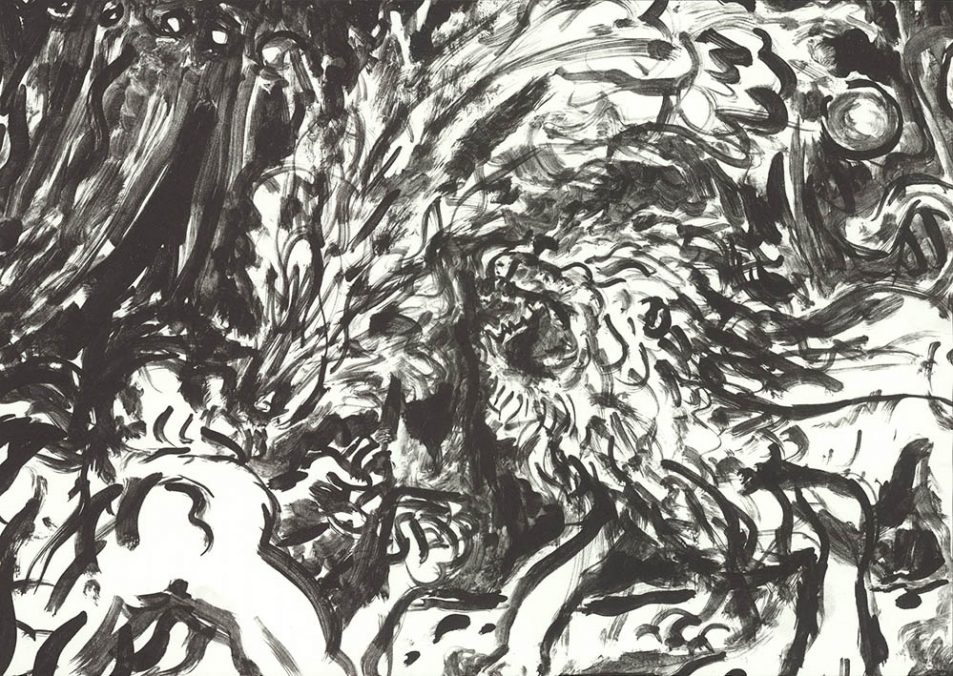
Marc Truckenbrodt, Zirkus, Tusche-Lithographie 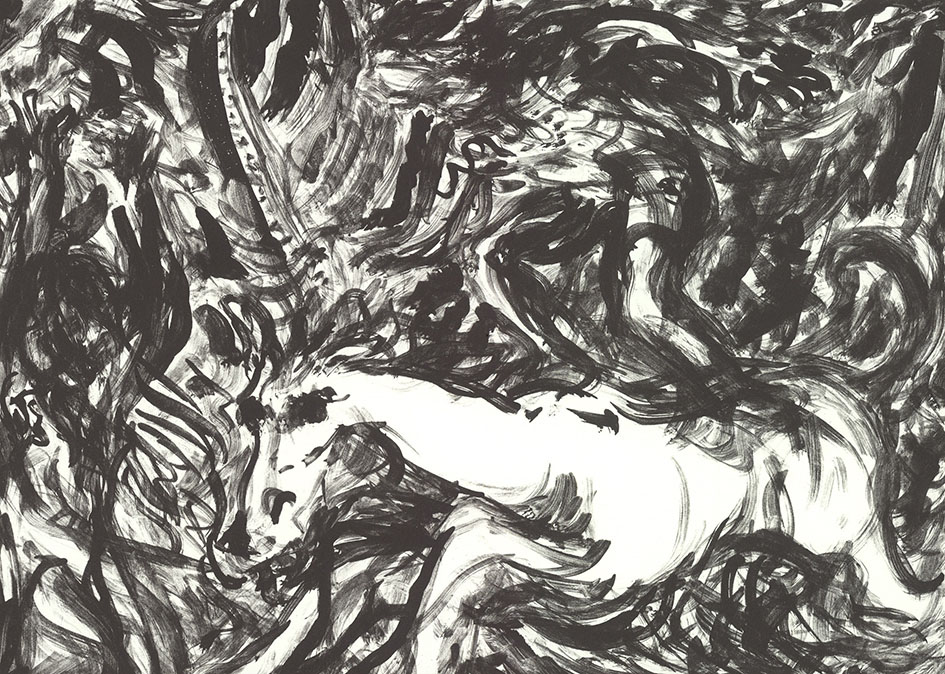
Marc Truckenbrodt, 61 min, Tusche-Lithographie
Wie gestaltet sich dein Alltag?
Ich stehe früh auf, dann gehe ich ins Atelier und bin den ganzen Tag dort. Es kommt ganz darauf an was dann im Atelier passiert, je nachdem wen ich dort treffe, ob es gerade eine klare Aufgabe zu erfüllen gibt oder ob ich mich einfach um das Bild kümmern kann was gerade als nächstes gemacht werden will.
Am Abend geht es dann wieder nach Hause. Irgendwann früh morgens oder spät abends, kümmere ich mich um meine Mails, Dinge, die am Computer erledigt werden müssen, Sachen, die jeder irgendwann tun muss.
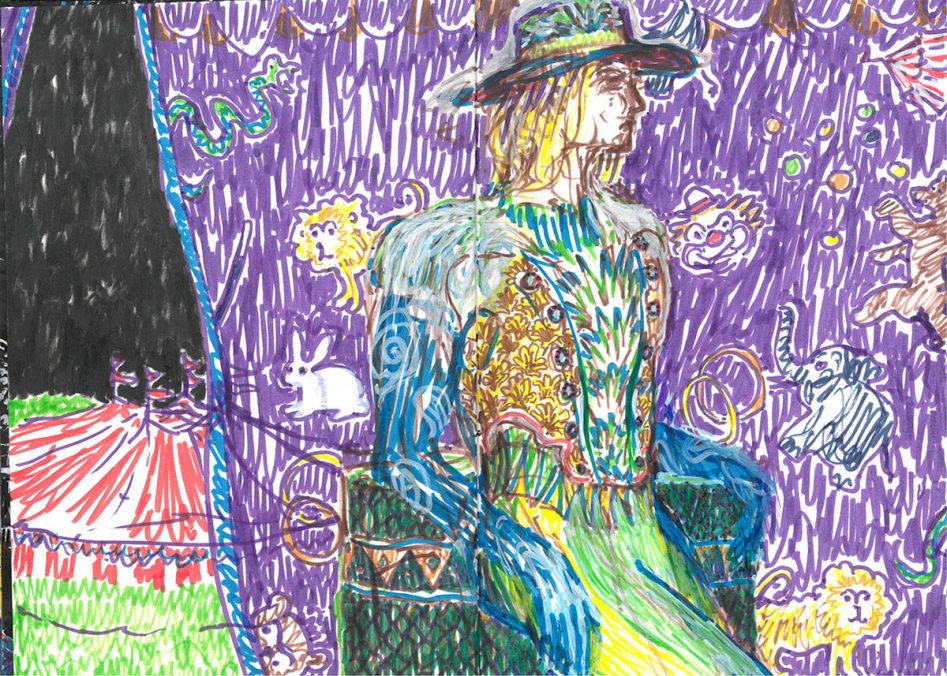
Lehnst du die sozialen Medien ab? Oder waren sie bis jetzt für dich nicht relevant?
Weißt du, … ich gehe jeden Tag ins Atelier und am Ende des Tages wieder zurück, da gibt es im Prinzip einen direkten Weg, und trotzdem – jeden Tag gehe ich ihn ein bisschen anders, …ich denke einfach das solche Medien wie Facebook und Instagram nicht für Menschen wie mich gemacht sind. So lange ich es mir also aussuchen kann möchte ich lieber kein Teil davon sein. Mir ist klar das man das Ganze auf unterschiedliche Weise nutzen kann, und ich kenne Leute die es wirklich gut und sinnvoll für ihre Zwecke einzusetzen wissen – persönlich ist mir aber meine Arbeit im Atelier und alles andere was wirklich passiert einfach wichtiger, und ich möchte und kann meine Aufmerksamkeit nicht aufteilen. Was den sozialen Aspekt betrifft, ich weiß nicht was dieser Begriff mit solchen Netzwerken zu tun hat – was hat ein börsennotiertes Unternehmen mit sozialen und gesellschaftlichen Werten, mit zwischenmenschlichen Beziehungen zu tun?
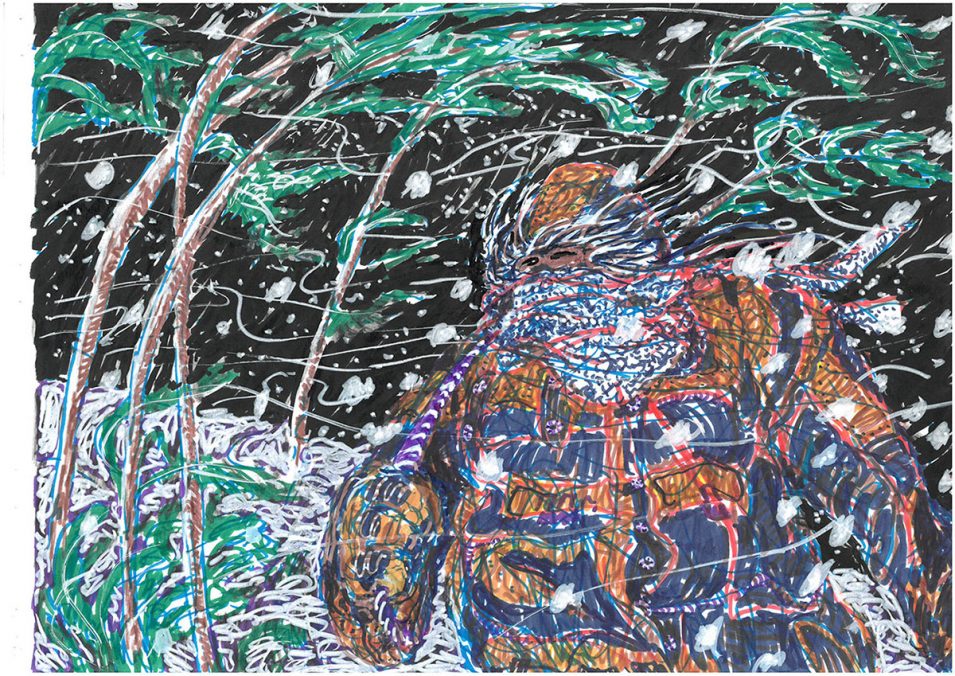
Marc Truckenbrodt, Jena Kunst 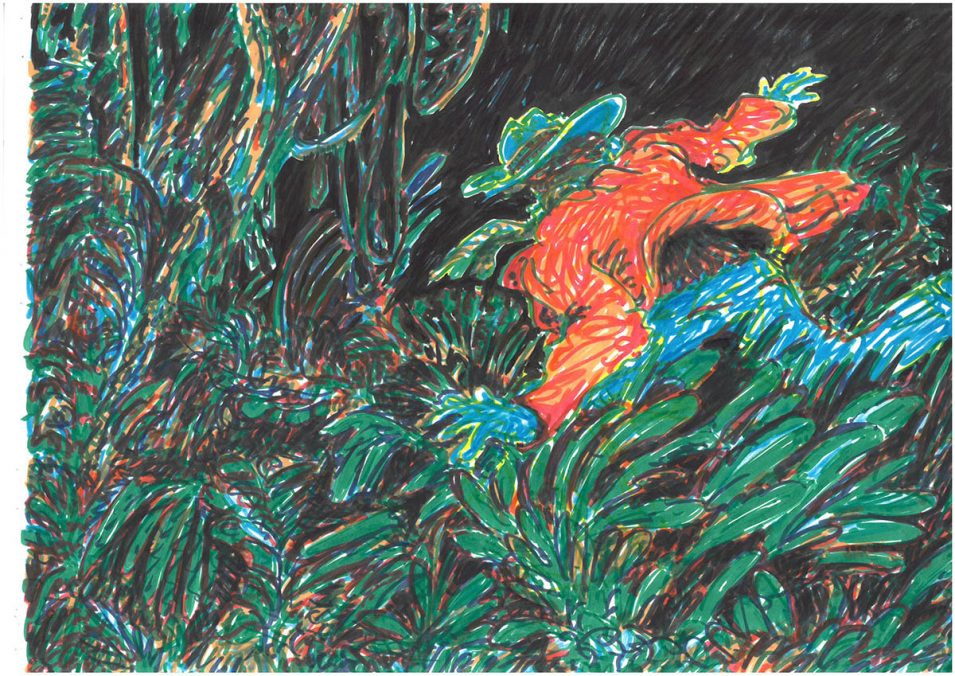
Marc Truckenbrodt, Jena Kunst
Neues Kapitel. Was hast du geplant?
Aktuell gibt es eine Zusammenarbeit mit dem Radiosender Ö1. In zwei Wochen intensiver Druckarbeit ist im Februar ein aufwendiger Siebdruck, der “Wächter Nr.8“, in einer 50er Auflage entstanden, er wird ab April bei Ö1 als “Grafik des Monats“ erscheinen und im Ö1 Shop erhältlich sein. Ein anderes Projekt das Anfang des Jahres begonnen hat und bis Juni läuft, ist “Das Edith“, ein Editionsprojekt unserer Klasse, der Grafikklasse der Akademie, insgesamt nehmen 41 Studierende teil, jeder wird in diesem Zeitraum eine Druckgrafik in einer 25er Auflage erstellen, welche dann auf unserer Homepage (dasedith.at) erscheint und zum Verkauf steht. Mittlerweile sind schon fast die Hälfte der Arbeiten online, und es läuft sehr gut. Im Sommer ist schon etwas in Form einer Zusammenarbeit mit mehreren Künstlern auf dem Schillerplatz im öffentlichen Raum geplant. Genaues gibt es dazu aber noch nicht. Im Moment bin ich glücklich, wenn ich einfach im Atelier ohne einen Projektbezug arbeiten kann. Mal sehen was als Nächstes kommt, ich lasse die Dinge auf natürliche Weise passieren, nichts ist im Voraus geplant.




